Can you visit the Terracotta Army?
Can You Visit the Terracotta Army? An Ultra-Detailed Guide for American Visitors!
Hey friends! If you’re planning a trip to China or find yourself exploring the streets of Xi’an, wondering, “Can I actually go see those legendary Terracotta Warriors with my own eyes?” the answer is a resounding—Absolutely YES! And trust me, this is one of the world’s most unmissable historical wonders!
Let me be your “virtual guide” and walk you through exactly how to easily and enjoyably visit the Terracotta Warriors, making it as straightforward as planning a trip to the Statue of Liberty or the Grand Canyon!
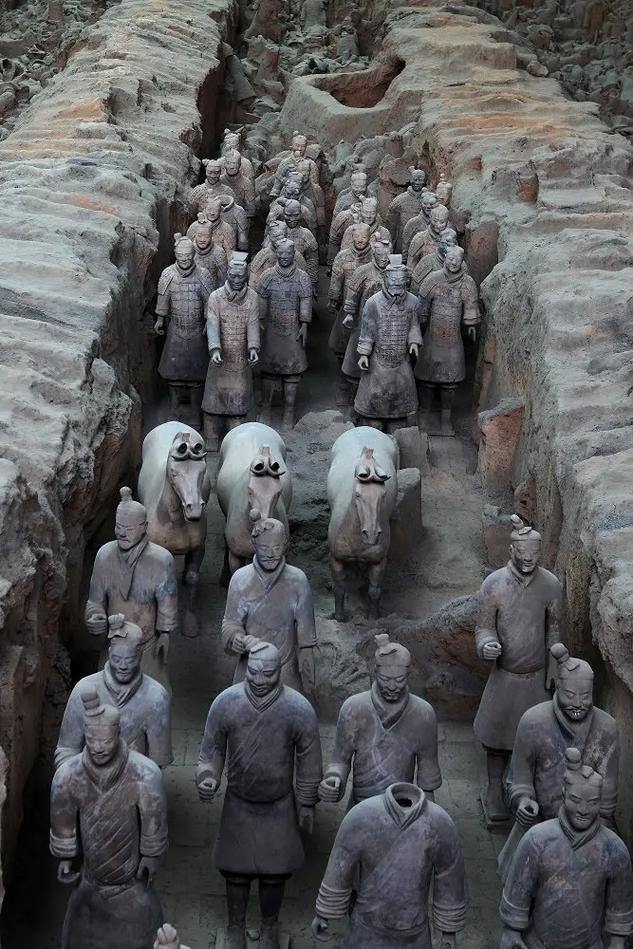
Step 1: Is the Museum Open? – Opening Hours Demystified
- Open Almost Year-Round! Great news! The Terracotta Army Museum (official name: Emperor Qinshihuang’s Mausoleum Site Museum) is open almost every single day of the year, including Chinese public holidays (like Spring Festival and National Day). Like US National Parks, it warmly welcomes visitors.
- Closing Days? The museum typically closes early or is closed all day on Chinese New Year’s Eve to allow staff to be with their families. This is the only day of the year it might be fully closed, so always check the official website before your visit.
- Daily Opening Hours:
- High Season (approx. March 16 – November 15): Opens at 8:30 AM. Last entry at 5:00 PM (but visitors already inside can stay later, usually until 6-7 PM). The complex is huge – plan for at least 3-4 hours.
- Low Season (approx. November 16 – March 15): Opens at 8:30 AM. Last entry at 4:30 PM. Closing time is similarly later.
- Important: Hours can change slightly. Always check the official website or a reliable travel app for the latest info before you go! Search for “Emperor Qinshihuang’s Mausoleum Site Museum official website”.
Step 2: Getting Tickets! – The Simple Guide
- Ticket Price (Current – prices may change slightly):
- High Season (March 1 – End of November): Approx. ¥150 RMB (≈ $21 USD).
- Low Season (December 1 – End of February): Approx. ¥120 RMB (≈ $17 USD).
- What’s Included? This ticket covers entry to the three main Terracotta Army pits (Pit 1, 2, 3) and the Exhibition Hall of Historical Relics. Yes, one ticket gets you into the core sites!
- How to Buy Tickets? Super Easy!
- Highly Recommended: Online Booking (The Best Way!): Strongly advise booking in advance on the official website or official WeChat mini-program (search “Emperor Qinshihuang’s Mausoleum Site Museum”). You can register using your passport number! Select your visit date and time slot (morning or afternoon). After payment, you’ll receive an e-ticket QR code. Benefits: Skip long lines (especially crucial during peak season – summer holidays, Chinese National Day Golden Week), guarantee entry! Payment usually accepts international credit cards (Visa/Mastercard) or Alipay/WeChat Pay.
- Buying On-Site (At the Ticket Office): Ticket windows are at the museum entrance. Risk: Can involve long queues in peak season; tickets might even sell out on extreme peak days (like National Day). If you prefer buying on-site like at many US attractions, this is usually fine during low season or weekdays, but highly recommend online booking for peak times!
- Tip: Bring your PASSPORT! Essential for both online booking (registration) and on-site purchase (ID verification).
Step 3: How to Get There? – Transportation Options
The Terracotta Army is located about 40 km (25 miles) east of Xi’an city center. Don’t worry, getting there is easy!
- Most Convenient: Taxi / Ride-Hailing:
- Taxi: Tell the driver “Qù Bīngmǎyǒng Bówùguǎn” (Go to Terracotta Army Museum). Metered fare. One-way approx. ¥120-150 RMB (≈ $17-21 USD). Journey takes about 1 hour (traffic dependent).
- Ride-Hailing (Didi): Use DiDi (China’s Uber). App has English interface. Bind an international card or use Alipay/WeChat Pay. Enter “Terracotta Army Museum” or “Emperor Qinshihuang’s Mausoleum Site Museum”. Prices are transparent, often slightly cheaper than taxis. Very convenient.
- Pros: Door-to-door, flexible, comfortable. Ideal for families or those wanting minimal hassle.
- Most Economical: Tourist Bus:
- Take Bus 5 (306) from the East Square of Xi’an Railway Station. This is the official state-run bus. Look for buses marked “游5(306)” and staff in uniform.
- Fare: Approx. ¥7 RMB (≈ $1 USD) one-way.
- Journey Time: Approx. 1 – 1.5 hours.
- Pros: Super cheap! Frequent departures.
- Warning: Beware of unlicensed “black taxis” or fake buses near the station! Only board the official bus at the designated stop. Watch your belongings on the bus.
- Self-Drive: If you’ve rented a car in China and are confident driving, you can drive. The museum has large paid parking lots. Use Baidu Maps or Amap (Gaode Maps) for navigation (apps have English options). However, considering potential city traffic and parking costs, taxis or the bus are generally more convenient for most visitors.
Step 4: On The Day! – Navigating the Museum Complex
- Arrival & Entry:
- After arriving at the main complex entrance, you’ll need to walk a short distance (5-10 mins) or take a paid electric cart (≈ ¥5 RMB) to the actual museum entrance buildings.
- Have your e-ticket QR code and passport ready for scanning at the entrance gates. Security screening (like at an airport – bags through X-ray, walk through metal detector) is mandatory.
- The Main Attractions (The Highlights!):
- Pit 1 (The Grandest!): The largest and most awe-inspiring pit! Standing on the viewing platform, you face thousands of terracotta soldiers, horses, and chariots lined up in battle formation. Imagine the archaeologists’ shock when they first uncovered this! This is the prime photo spot.
- Pit 2 (The Smart Formation): Showcases the complex formations of the ancient army (infantry, kneeling archers, cavalry, chariots). You’ll see areas still under excavation and warriors being restored, giving insight into the painstaking archaeological work. Look for the replica of the famous Green-Faced Warrior (original is in the Exhibition Hall).
- Pit 3 (The Command Center): The smallest but crucial pit, believed to be the army headquarters. Features high-ranking officer figures and an honor guard.
- Exhibition Hall of Historical Relics (DO NOT SKIP THIS!): This hall displays the finest, most precious original artifacts excavated from the pits and the wider tomb complex! Must-sees include:
- Exquisitely preserved High-Ranking Officers & Generals: More intricate details and ornate armor.
- The famous Kneeling Archer: Incredibly lifelike pose and preservation.
- The stunning Bronze Chariots & Horses: Unbelievably complex craftsmanship (full-size replicas are in Lishan Garden, but details are better seen here).
- Various Weapons: Bronze swords, crossbow triggers – some still sharp!
- The one-of-a-kind Green-Faced Warrior (Original) is here!
- Lishan Garden (Qin Shi Huang Mausoleum Site Park): Your ticket also includes access to Lishan Garden, the park area containing the huge burial mound (tumulus) of Emperor Qin Shi Huang. Take the free shuttle bus from inside the museum complex (follow signs). This area is vast and includes:
- Pit 9901 (Acrobats Pit): Contained uniquely posed “acrobat” or “strongman” figures, revealing court entertainment.
- Pit 0006 (Civil Officials Pit): Contained terracotta figures of civil officials.
- The Burial Mound: The massive, unexcavated earth pyramid covering the emperor’s tomb. The park is scenic and houses two incredibly detailed half-size replica Bronze Chariots & Horses (originals are in the Shaanxi History Museum).
- Tip: Lishan Garden is huge; visiting adds 1.5-2 hours. Paid electric carts (≈ ¥15 RMB) are available. If short on time or energy, prioritize the Terracotta Pits and Exhibition Hall.
Step 5: Be a Great Visitor! – Essential Tips & Etiquette
- Best Time to Visit:
- Early! Early! Early! Aim to arrive right at opening time (8:30 AM). This is the absolute best way to avoid massive crowds, enjoy a more peaceful atmosphere, and get great photos! Morning light is often better too.
- Avoid Peak Times: China National Day Golden Week (Oct 1-7), Labour Day Holiday (around May 1), and summer holidays (July-Aug) are extremely crowded. Avoid these times if possible.
- What to Wear & Bring:
- Comfortable Shoes (MOST IMPORTANT!): You will walk a lot (long pit walkways, huge Lishan Garden). Prepare for at least 3-4 hours of walking.
- Dress for the Weather:
- Summer: Xi’an is hot and humid! Wear light, breathable clothing, a hat, and sunglasses. Pits are covered but not air-conditioned; it gets very stuffy. Bring plenty of water!
- Winter: Cold and dry! Wear a warm coat, hat, and gloves. Pits are unheated.
- Spring/Autumn: Most comfortable, but bring layers for changing temperatures.
- Small Backpack: For water, sunscreen (summer), camera, wallet, etc. Large luggage can be stored at the entrance.
- Photography Rules:
- Take Photos! Photography is allowed in the public viewing areas of the pits and exhibition hall.
- NO Flash Photography (STRICTLY PROHIBITED!): To protect the fragile 2000-year-old paint and artifacts, using flash is absolutely forbidden in all indoor exhibition halls (especially the main one) and inside the pits! Always turn off your flash. Respect this crucial rule.
- No Tripods/Large Selfie Sticks: Usually not allowed due to space constraints on crowded walkways and safety concerns.
- DO NOT TOUCH ANYTHING!: This is paramount! No matter how sturdy it looks, keep a distance from all display cases and artifacts. Never touch them!
- Other Tips:
- Hire a Guide (Highly Recommended!): Greatly enhances the experience! Find licensed guides (usually wearing official ID badges) near the entrance or ticket office. They offer English tours (agree on price beforehand) and bring the history, stories, and details to life! If on a budget, rent an Audio Guide (usually available in English).
- Be Patient: It’s a world-famous site; it can get crowded, especially at prime viewing spots. Be courteous and take turns.
- Respect the Site: Remember this is an ancient funerary complex. Maintain a respectful demeanor.
- Lunch: There are restaurants and fast-food outlets inside the museum complex serving Chinese options (noodles, dumplings, fried rice) and simple Western food (burgers, fries). Prices are a bit higher than outside, but convenient. You can also bring snacks and water.
- Souvenir Shops: Official museum shops sell high-quality replicas and souvenirs (remember our shopping guide? This is the best place for authentic items!).
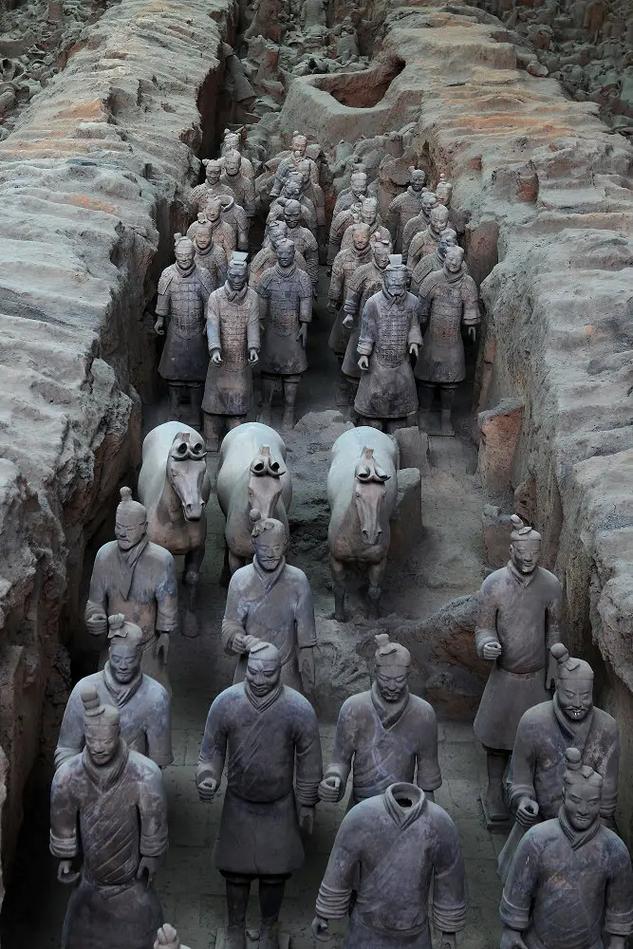
So, Can You Visit the Terracotta Army?
Absolutely, Positively YES! And it will be one of the most unforgettable experiences of your trip to China, or anywhere in the world. With a little planning (mainly tickets and an early start), comfy shoes, your curiosity, and your camera (flash OFF!), get ready to stand face-to-face with an army over two millennia old and be utterly amazed.
Standing on the viewing platform of Pit 1, looking out at that silent army, you’re not just visiting a tourist attraction – you’re stepping back in time to touch a monumental chapter of human history. That feeling of awe is worth experiencing firsthand.
Wishing you an amazing and awe-inspiring visit to the Terracotta Army! Enjoy your incredible journey!

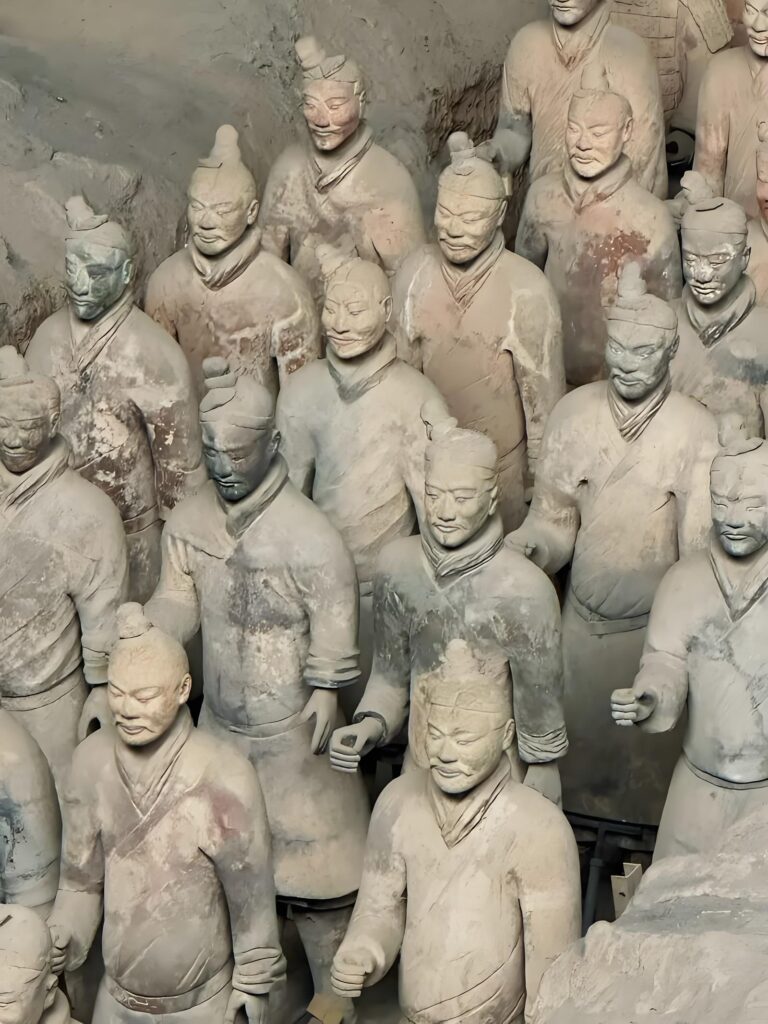
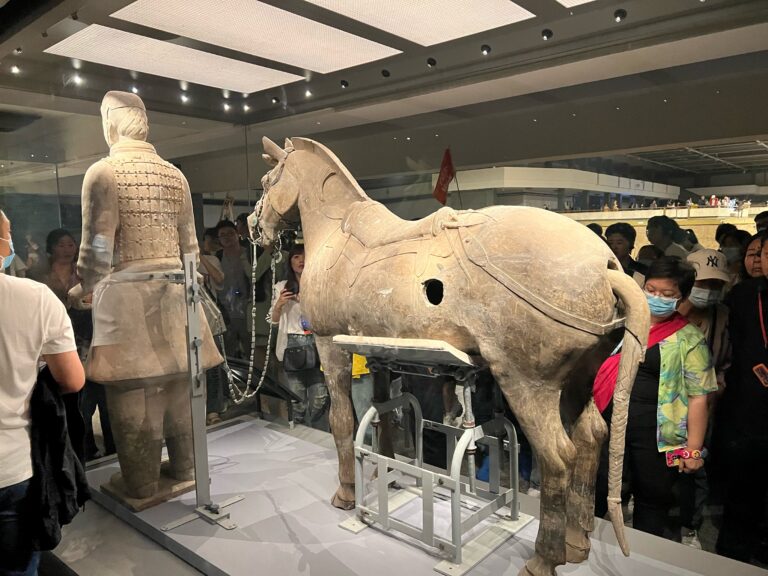

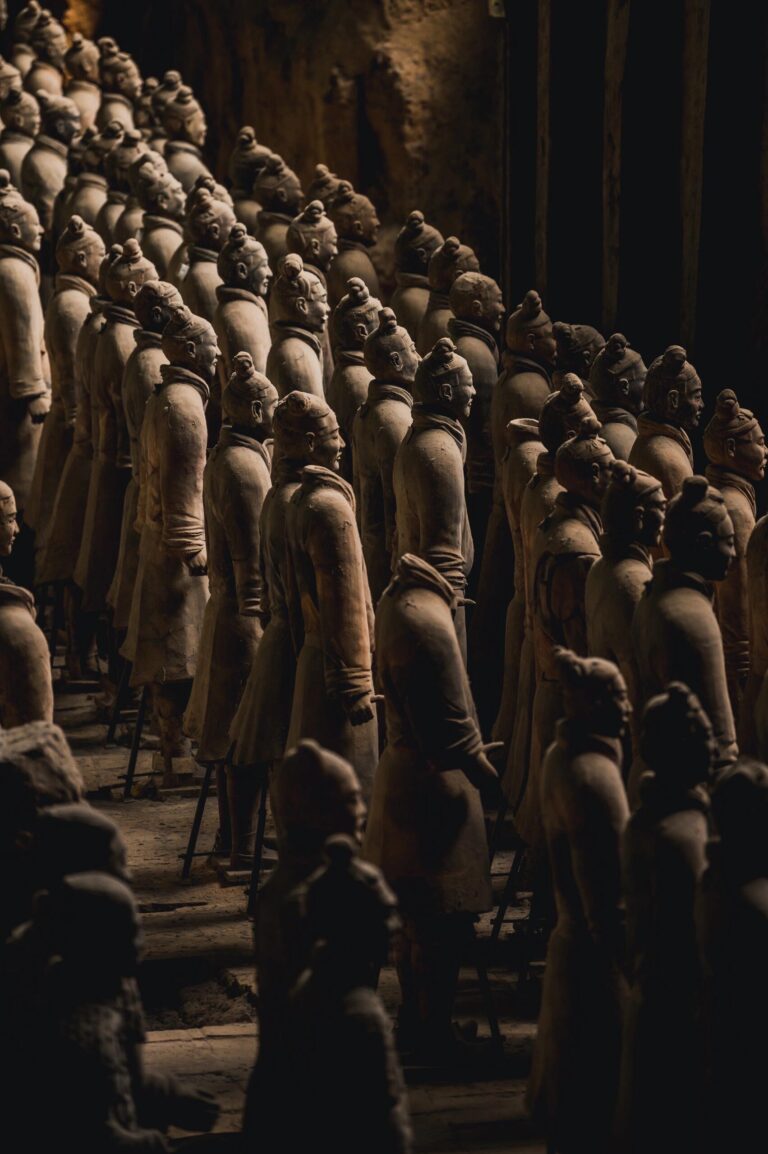
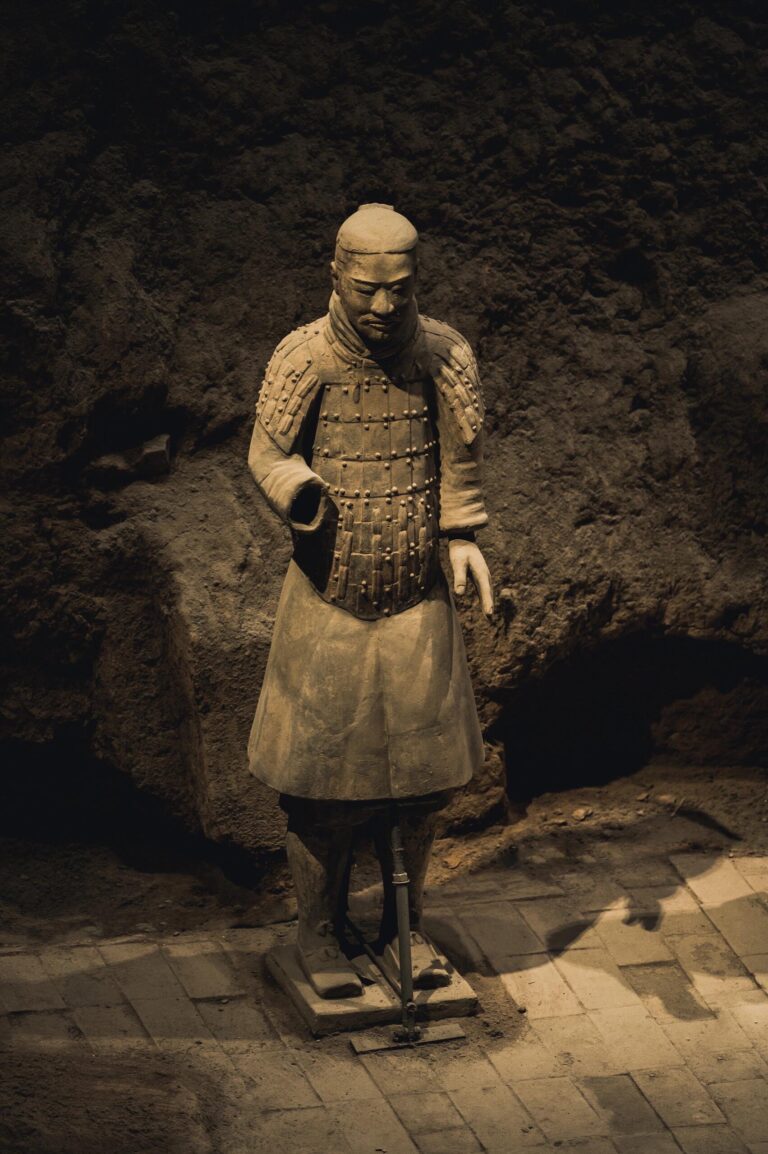

Visiting the Terracotta Warriors is like stepping into a time machine, offering a glimpse into ancient China’s grandeur. The discovery by farmers in 1974 was a monumental moment in archaeology, revealing an underground army frozen in time. The sheer scale of the Terracotta Army, with its thousands of soldiers, horses, and chariots, is a testament to Emperor Qin Shi Huang’s vision of immortality. Beyond the clay figures, this site represents a fusion of history, art, and mystery that continues to captivate the world. What makes this discovery uniquely significant compared to other ancient archaeological findings? German news in Russian (новости Германии)— quirky, bold, and hypnotically captivating. Like a telegram from a parallel Europe. Care to take a peek?
“Haha, you nailed it—it’s basically the coolest parking lot for time machines on Earth! What makes the Terracotta Army unique? Think of it like a triple threat:
Scale-wise, it’s the ultimate collection of an ancient action figure fanatic—Emperor Qin. Nearly 8,000 life-sized, hyper-detailed clay troops? That’s not your average tomb ‘family reunion photo’ (Imagine digging under the Pyramids and finding Pharaoh’s entire royal guard!).
Preservation-wise, this army hit pause: weapons, chariots, battle formations—even the fingerprints of the craftsmen—are perfectly ‘frozen’ from 2,200 years ago. Archaeologists aren’t opening loot boxes; they’re unboxing precision-sliced history!
Significance-wise? It straight-up decodes the blueprint for China’s first unification. The First Emperor didn’t just write his legacy—he recreated his empire’s glory underground. That’s way more vivid than stone carvings!
Other sites tell you a story. This one? You’re front-row at an epic historical documentary. No wonder it blows minds worldwide!” 😄